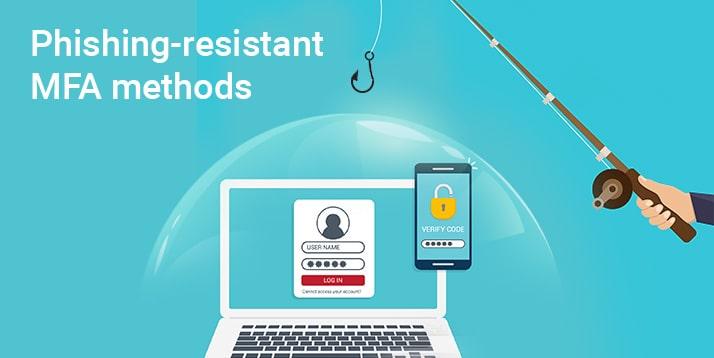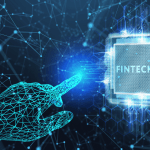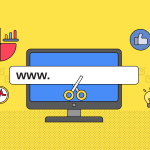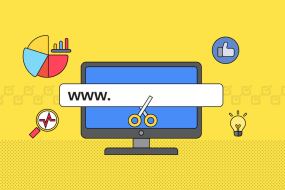
MFA (Multi-Factor Authentication) is a method of authentication that uses more than one strategy to safeguard and protect data and information. It is one of the strongest ways you can protect your private information because it not only requires a verification method but an added verification process is needed.
This gives extra security to protect information. Organizations are advised to use this double layer of security to guard their clients’ information. Data can be shared, transferred, or used while being protected from phishing attacks and other unwanted access.
How Multi-Factor Authentication Improves Data Security
1. Double-Layered Security
The most glaring way that MFA enhances data safety is the double-layered method. Using Phishing-Resistant MFA guarantees your data is stored securely, as it provides a way to add one or more extra verification protocols.
It significantly increases data and account security by asking to provide another method of verification. MFA brings together the combination of your unique features, what you have, and what you know, to solidify security. In a case where your password-backed account is infiltrated, if you have an MFA, your backup verification method can stand in to protect your account.
2. Secured Protection of Data
Multi-factor authentication also uses a method of context. In this case, information like your device details, browsing IP address, or location are saved securely on the system. Firstly, MFA ensures that these saved data are well protected. Then, subsequently, it can use this information for risk assessment on any attempt and then require an extra security measure to confirm authentication access.
With this advanced MFA, the system compares already saved data with the provided data and either grants or denies access. An organization that collects customers’ information should consider using this method of Multi-Factor Authentication.
3. Strict Adherence To Rules
It is very important to adhere strictly to industry rules and regulations for data privacy. A common set of rules is the GDPR (General Data Protection Regulation). These are protocols that have been put in place by the government to ensure that data is shared or transferred legally and securely.
Using MFA gives you an edge in this case, especially when you are handling large information. When you implement the use of multi-factor authentication, you not only obey these set rules, but you also create a good reputation for your brand. Hence, with these, MFA helps enhance security and assure compliance with these regulations.
4. MFA protects identity and credentials theft.
For instance, if an attacker gains access to your password or pins on your account, an account protected with MFA will be less at risk. This may be the use of fingerprint or security questions.
In some cases, you can be notified of security breaches and then required to provide a code or question to prove that you are the one trying to access an application. If not, you are also provided with an option to either change your login details or update your password. So, even if an attacker successfully obtains your PIN or password, they will not be able to gain access to your account as they will need more information or authentication factor. This makes it more difficult to gain access to your account.
5. The Use of Adaptive Security
Another notable way that multi-factor authentication enhances data security is the use of adaptive security. Some of these systems backed by MFA can monitor your behavior and then adjust the requirements for authentication according to this. This helps make subsequent sign-ins easier and faster. You can also bypass the stress of having to provide additional details each time you access your account. With this behavioral analysis method, if a system backed with this kind of software, notices any unusual or suspicious behavior, it triggers its backup verification procedures and requires the user to provide additional details. Sometimes it gives a time duration before temporarily locking the account until you verify it yourself.
6. Many times, users use the same password across multiple accounts due to the stress of trying to remember different combinations of codes. Therefore, accounts are easily prone to attack and this means that once an account is compromised, it increases the risk of other accounts being accessed as well. With MFA implemented for each account, you can rest assured that your data is protected and remains safe, even if you use the same password for all accounts. A good idea is to use different multi-factor authentication methods for each. For instance, you may use fingerprint as a backup for one account and voice or facial recognition for the other account.
Conclusion
Finally, phishing-resistant multi-factor authentication helps to improve security using a combination of what you know, what you own, and what you are. It provides additional layers of verification to give an assurance that your information is secured and protected.
MFA uses contextual and behavioral authentication methods to sense an unusual activity on a system or application to provide stronger security for sensitive data and information.







